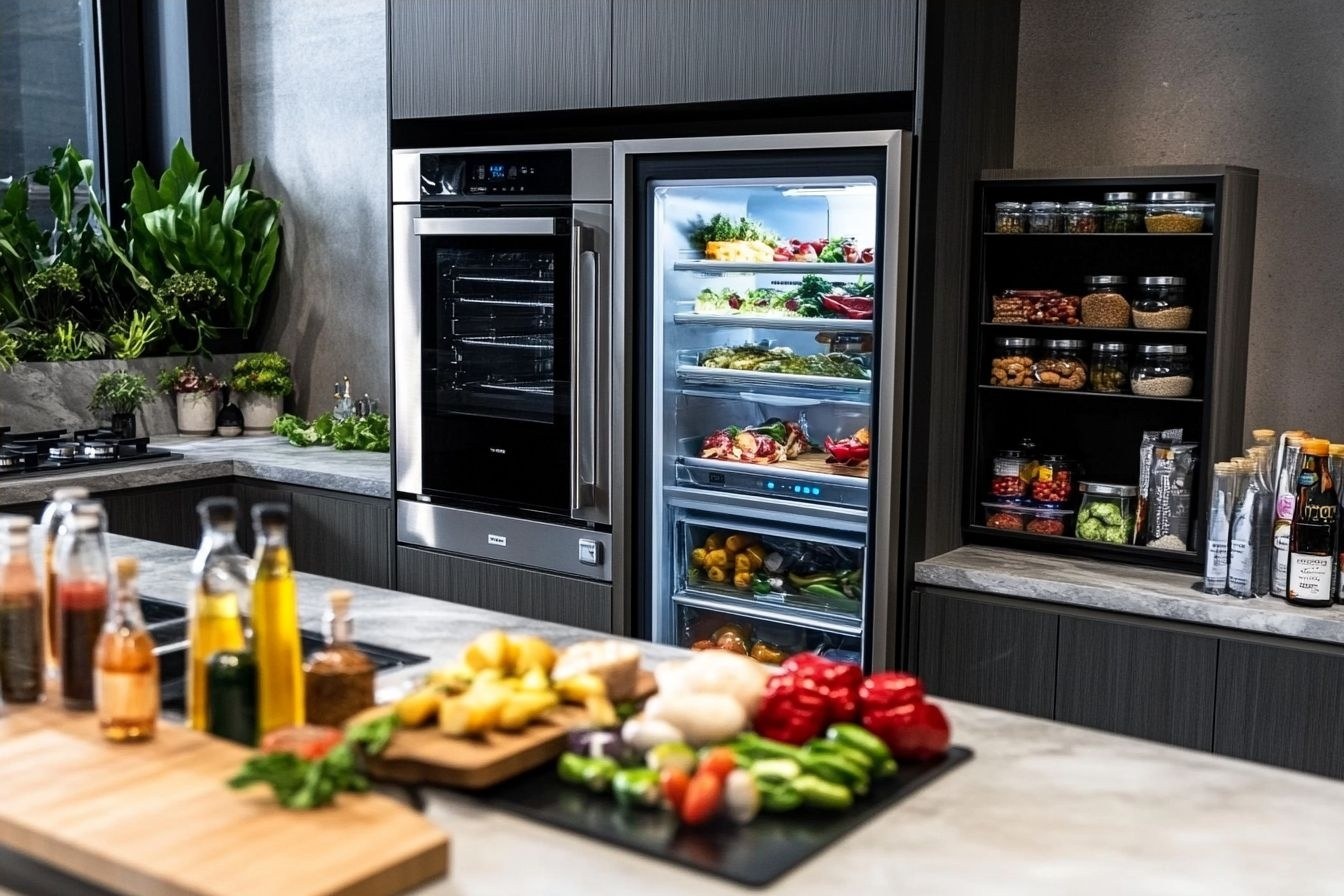Simple Maintenance Routines to Extend the Life of Prep Surfaces
Prep surfaces take daily wear from chopping, placing hot pans, and spills. A few consistent maintenance routines, combined with thoughtful layout choices and simple storage and organization strategies, can extend the life of countertops, cutting boards, and worktops. This overview highlights practical habits that protect materials, improve workflow, and support safety and sustainability in everyday kitchen use.

How does layout affect prep surface longevity?
A well-considered layout reduces unnecessary movement and concentration of tasks on a single surface, helping prevent localized damage. Positioning prep areas near sinks, trash, and appliances supports efficient workflow and minimizes the time food and moisture sit on surfaces. Proper spacing for seating and ergonomic work heights prevents leaning and pressure that can stress edges and seams. When designing or adjusting layout, account for ventilation routes and clear pathways so steam and heat don’t linger near sensitive materials. These small planning choices distribute wear and make routine maintenance quicker and more effective.
What storage habits protect surfaces?
Good storage protects surfaces by reducing clutter that causes scratches and stains. Store knives, frequently used utensils, and cutting tools in dedicated racks or a magnetic strip rather than leaving them on counters. Use pantry organization to keep heavy jars and appliances off prep surfaces until needed. Place protective pads or trays under stored items like baking pans and spice racks to prevent scuffing. Regularly inspect and rotate items in the pantry so sticky or leaking containers don’t remain in contact with surfaces. Thoughtful storage keeps surfaces cleaner and lowers the frequency of intensive cleaning.
How does lighting and ventilation help maintenance?
Adequate lighting reveals spills, burns, and surface wear early so they can be addressed before causing long-term damage. Task lighting over prep zones reduces accidental cuts and heat exposure. Ventilation removes airborne grease and humidity that accelerate grime build-up and can damage finishes; range hoods and well-placed vents help protect both surfaces and materials. Combining lighting and ventilation into your cleaning routine—wiping counters soon after cooking and running ventilation while cooking—supports safety and extends the life of seals and finishes by preventing moisture-related deterioration.
How should appliances and materials be managed?
Appliances can be a major source of surface wear if not managed properly. Use appliance mats beneath coffee makers, mixers, and toasters to catch drips and reduce heat or vibration damage. Match cleaning products to the material: mild soap and water for many engineered surfaces, manufacturer-recommended treatments for natural stone, and oiling or conditioning for wooden boards. Avoid placing hot pans directly on sensitive countertops; always use trivets. Understanding the limits of each material and treating them accordingly prevents staining, etching, and premature degradation of surfaces.
What workflow and ergonomics minimize wear?
A consistent workflow reduces rushed habits that contribute to surface damage. Group tasks—washing, chopping, assembling—so you minimize moving items across different surfaces. Ergonomic considerations like correct countertop height and stable seating reduce leaning and repetitive impact on edges. Use cutting boards of appropriate size and change them when deeply scored to avoid knife marks reaching the countertop beneath. Organize utensils and frequently used items within easy reach to prevent sliding heavy pots or dragged dishes across surfaces, which often cause the most noticeable wear.
How to organize maintenance and safety routines?
Set a simple schedule: daily light cleaning, weekly deeper cleaning, and monthly inspections for seal integrity and scratches. Use gentle, non-abrasive cleaners for regular maintenance and reserve stronger treatments for targeted spots following manufacturer guidance. Keep basic repair supplies on hand—surface-specific sealers, food-safe mineral oil for wood, and touch-up kits for minor chips. Incorporate safety checks into the routine: inspect for loose edging, unstable seating near islands, and ventilation performance. Sustainable choices—like reusable cloths and eco-friendly cleaners—reduce waste while preserving surface finishes over time.
Conclusion
Extending the life of prep surfaces is more about consistent, considered habits than occasional overhauls. Combine layout and storage decisions with appropriate lighting, ventilation, and appliance management to reduce stress on materials. Thoughtful workflow, ergonomics, and scheduled maintenance keep surfaces functional and attractive longer, while attention to safety and sustainability protects both kitchen users and the environment.





